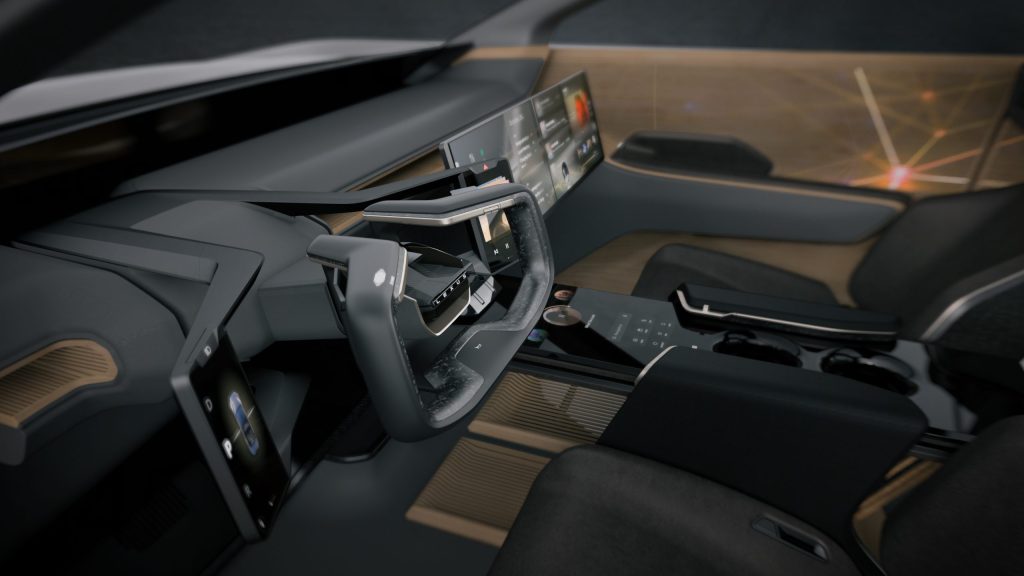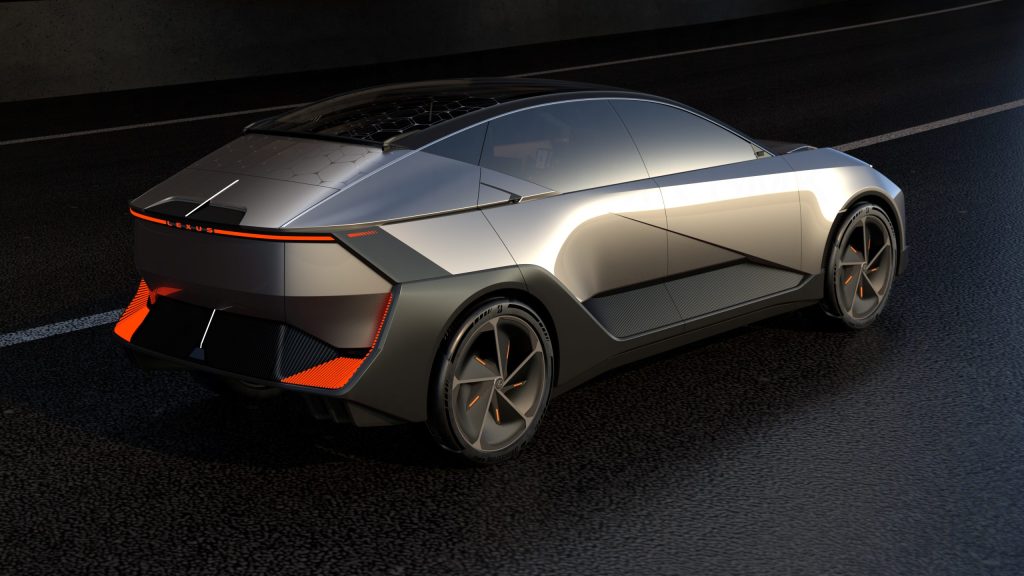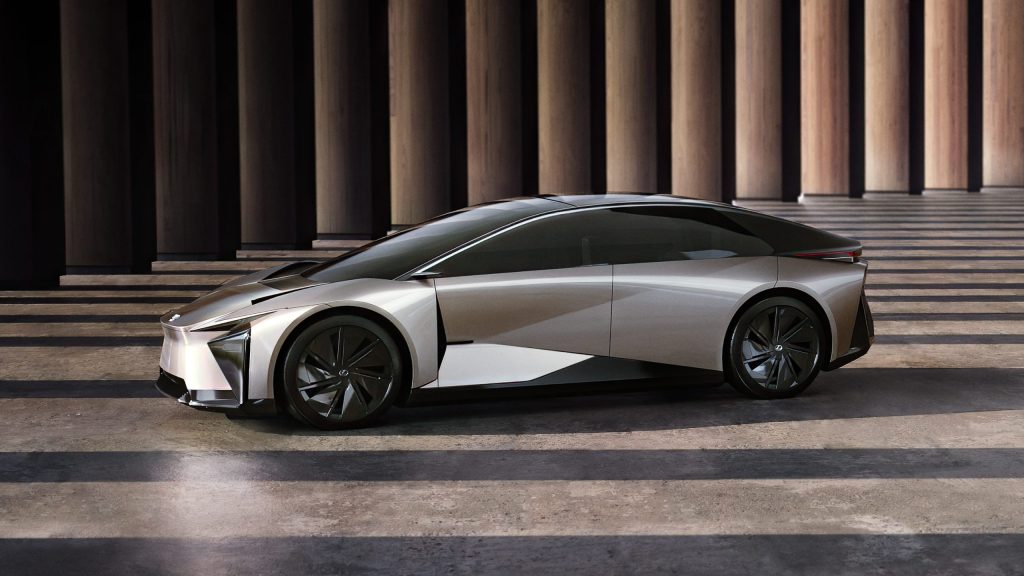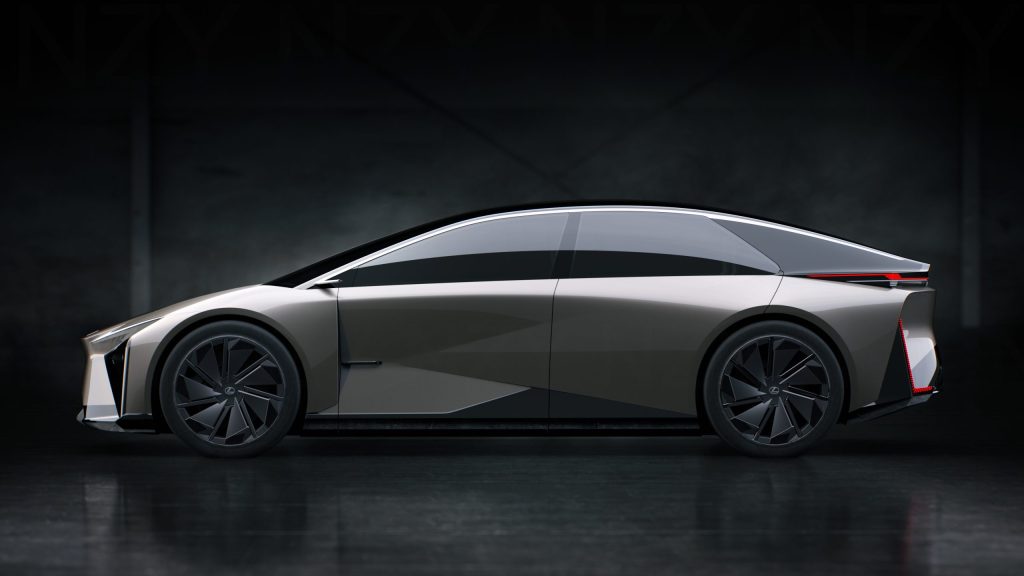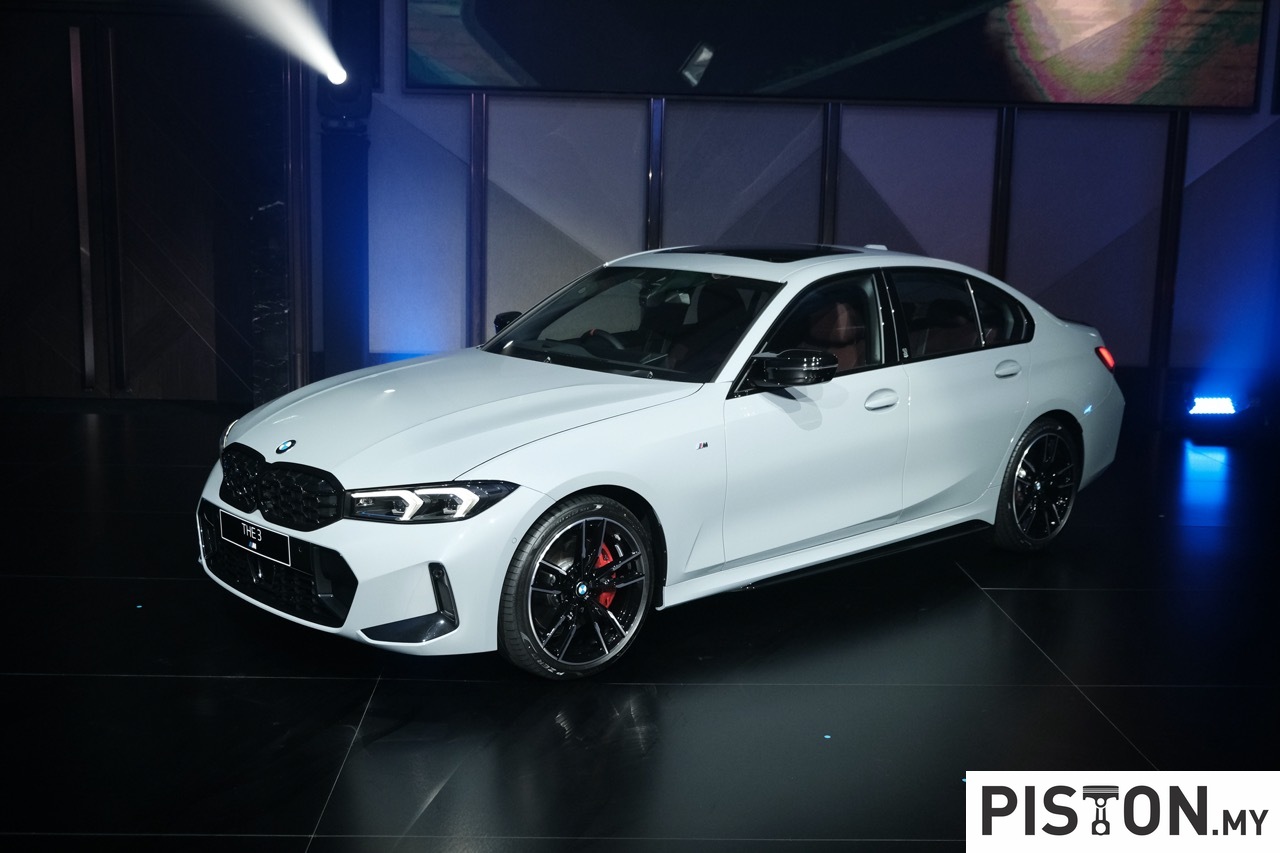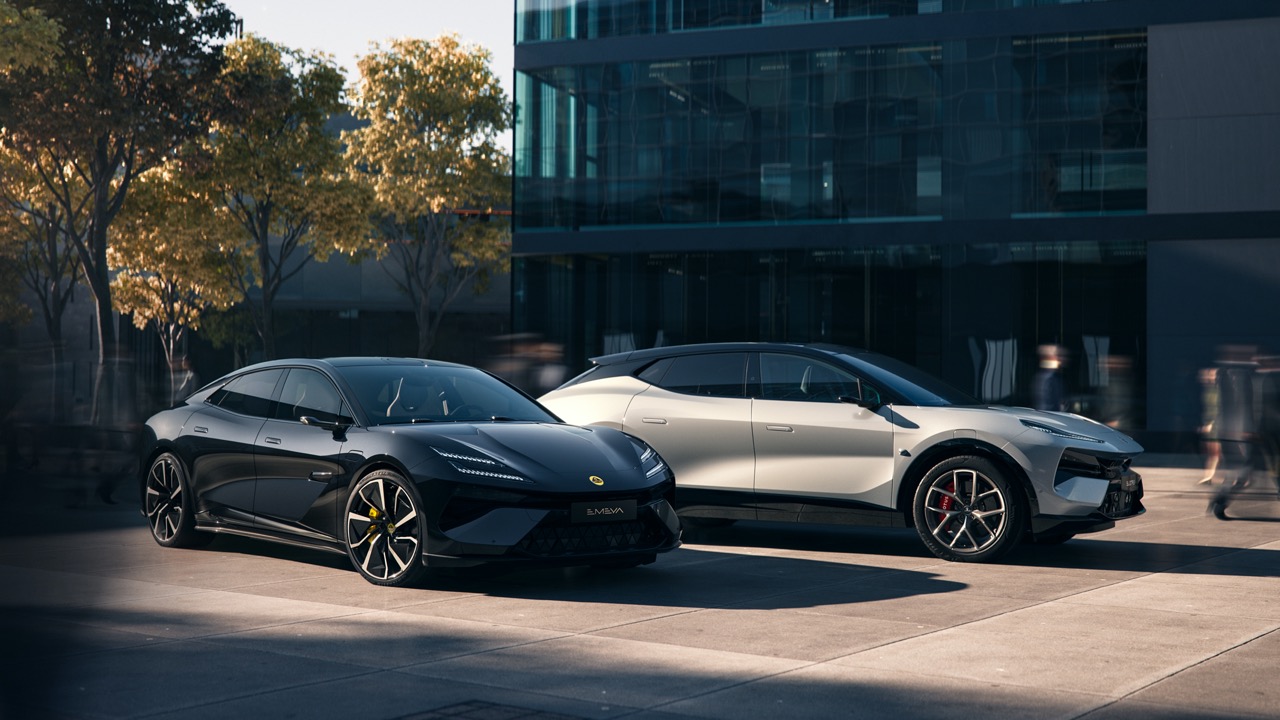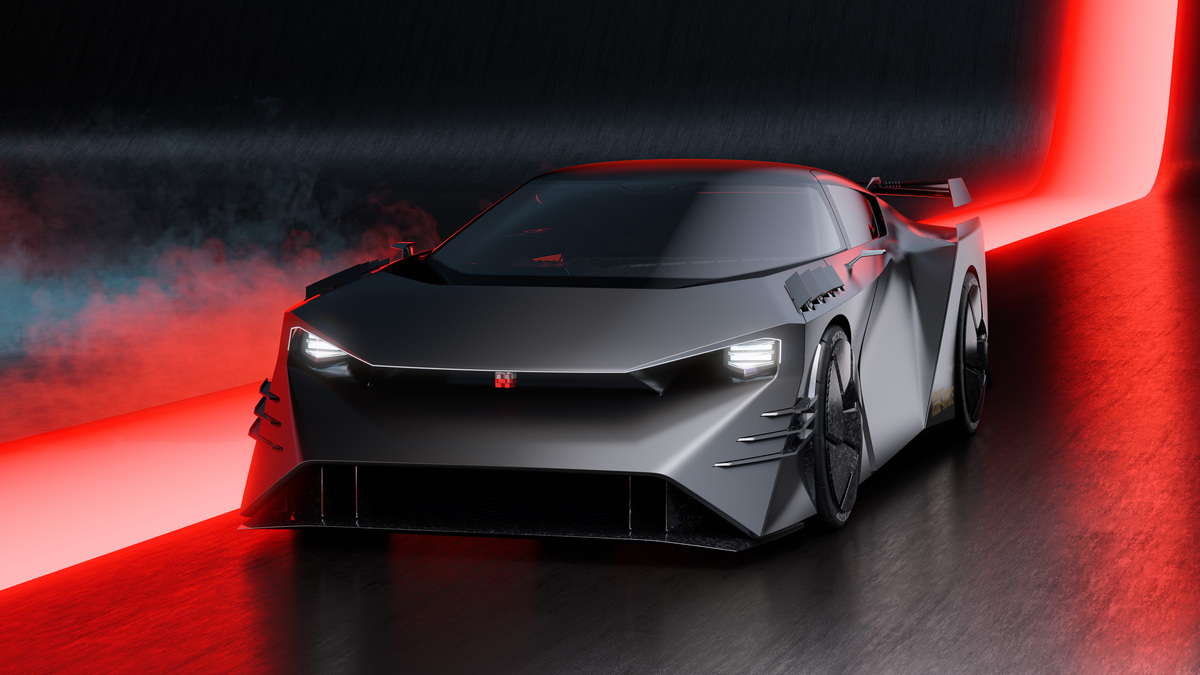Lexus, known for its commitment to pioneering technology, has unveiled a series of new battery electric concept models at the first Japan Mobility Show. With the theme “Pushing the Boundaries of the Electrified Experience,” Lexus offers a glimpse into its plans to maximise the potential of electrification and new technologies for delivering innovative mobility experiences.

Among the featured concepts, the Lexus LF-ZC, a battery electric saloon concept, takes center stage. This concept provides a preview of an upcoming production model scheduled for release in 2026. The LF-ZC is joined by the LF-ZL, a flagship battery electric SUV concept that showcases the brand’s vision for a sustainable and integrated future.

As a brand with a rich history of challenging luxury car conventions and exceeding customer expectations, Lexus is committed to becoming a battery electric vehicle (BEV) brand in Europe by 2030 and globally by 2035. To achieve this goal, the company plans to introduce a revolutionary modular vehicle structure, adopt advanced production technologies, and revamp its vehicle software platform.

Lexus aims to offer BEVs that balance functionality and beauty, without compromise. The next-generation Lexus BEVs will benefit from versatile packaging, downsizing, weight reduction, and continuous refinement of the “Lexus Driving Signature,” offering an exhilarating driving experience.

The LF-ZC symbolizes Lexus’s electrification journey with its sleek design, low center of gravity, spacious cabin, and an emotionally charged design that merges functionality and aesthetics. The LF-ZL concept, on the other hand, envisions a future where mobility, people, and society are seamlessly integrated. It aims to provide a personalized driving experience by adapting to the driver’s habits and preferences.
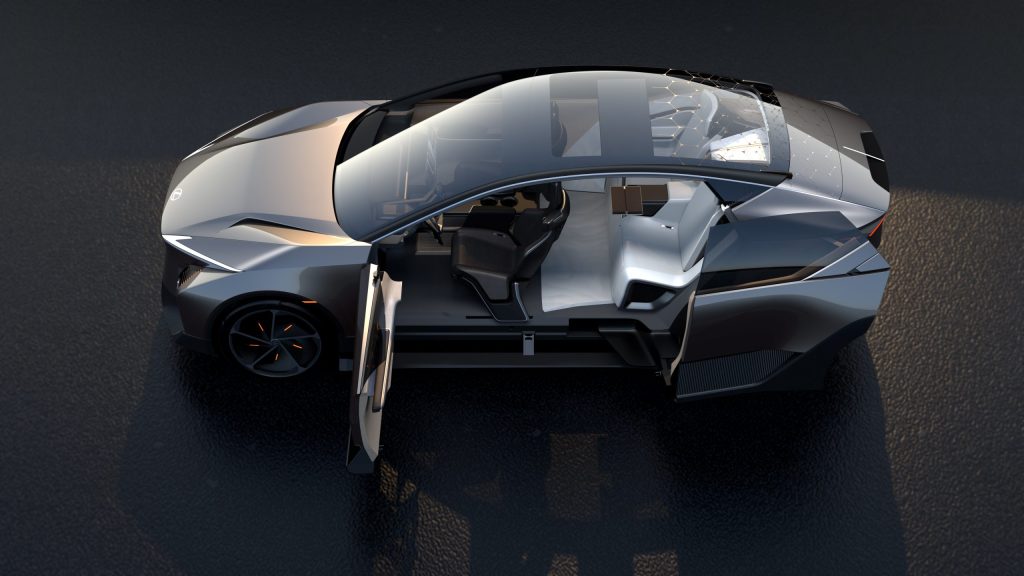
Both concept vehicles feature a next-generation fully digital intelligent cockpit that offers quick and intuitive access to essential controls. The Arene OS interface software allows for progressive feature updates to keep pace with safety systems and multimedia functions.

Lexus places a strong focus on enhancing the pleasure of driving by leveraging BEV characteristics and introducing features like the DIRECT4 all-wheel drive system and steer-by-wire technology. The aim is to create a personalized driving experience by balancing acceleration, cornering, and braking.
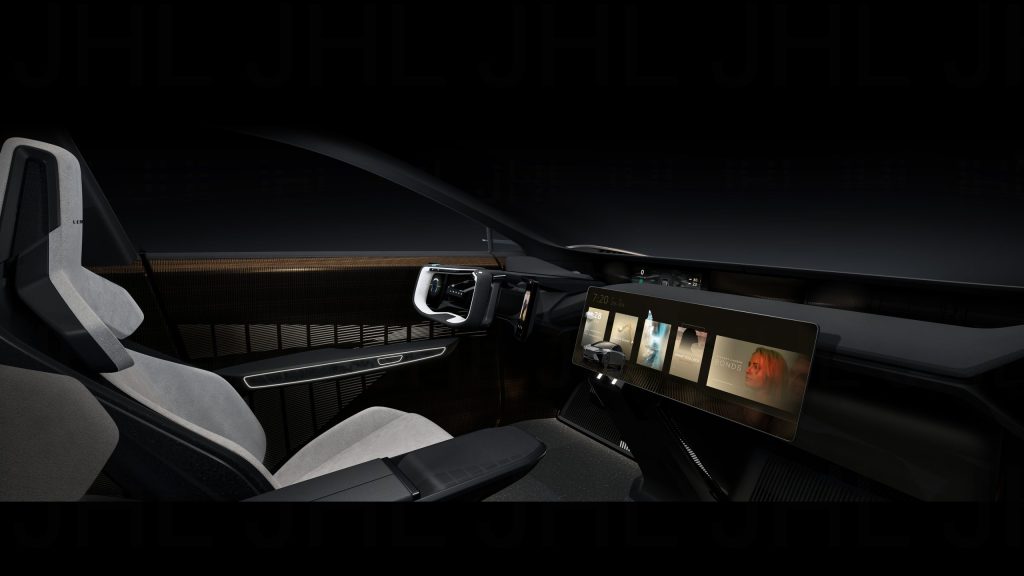
The design theme for these concepts is “Provocative Simplicity,” representing an evolution of Lexus’s unique identity. By prioritizing aerodynamic performance and specific BEV elements, Lexus strives to create a captivating, condensed, and low-slung exterior design.
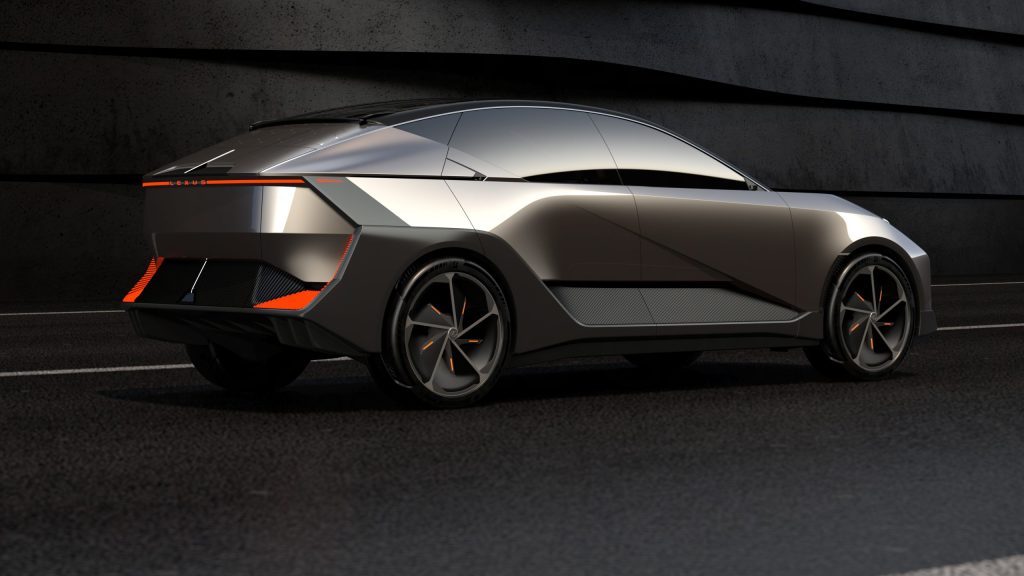
In the fully digitized intelligent cockpit, digital pads consolidate operational functions and a distant view meter projects information onto the windshield, supporting the “eyes on the road” principle. Digital side mirrors minimize driver distractions and promote concentration.

Lexus is also introducing the Bamboo CMF Concept, aligning with sustainable development goals (SDGs) by focusing on the circular use of resources. Bamboo is a key element in the concept, combining its fast growth, significant CO2 absorption capacity, and enduring beauty to provide a luxurious design experience.

To enhance vehicle efficiency, Lexus is aiming to achieve approximately twice the range of conventional BEVs, thanks to a next-generation performance battery and improved energy efficiency. Improved aerodynamics and weight reduction contribute to vehicle efficiency, battery performance, and a more attractive silhouette.

The next-generation voice recognition system utilizes artificial intelligence (AI) technology to provide personalized settings and recommendations to drivers based on their preferences, daily activities, and mood. The system accumulates driving data to deliver a more personalized driving experience.

With a new modular structure and gigacasting technology, Lexus divides the vehicle body into three parts: front, center, and rear, offering greater flexibility in design and improving vehicle dynamics.
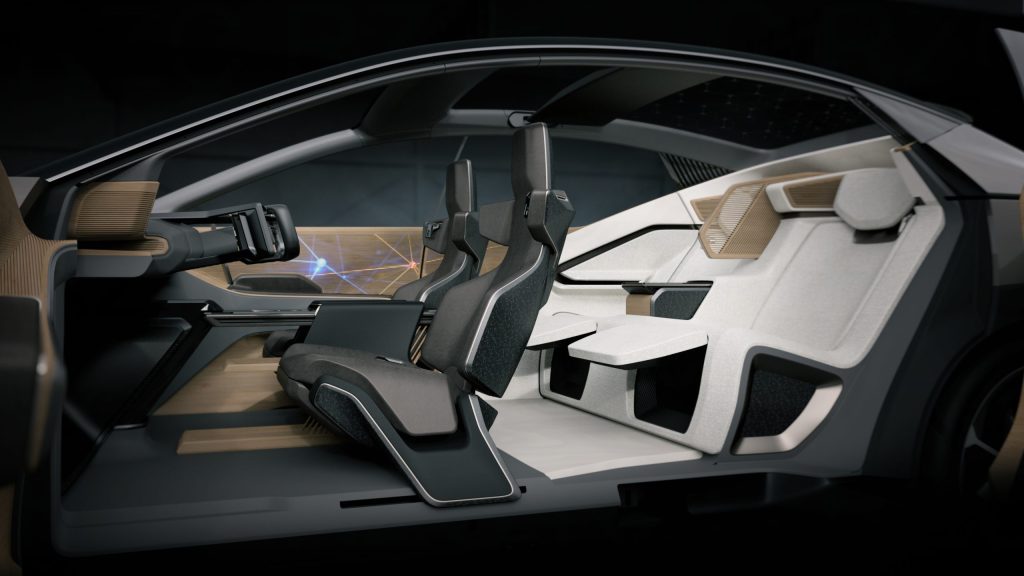
Lexus’s vision extends to innovative information integration, enabling interaction with societal infrastructure and services, and allowing drivers to enjoy personalised and interactive mobility experiences.
